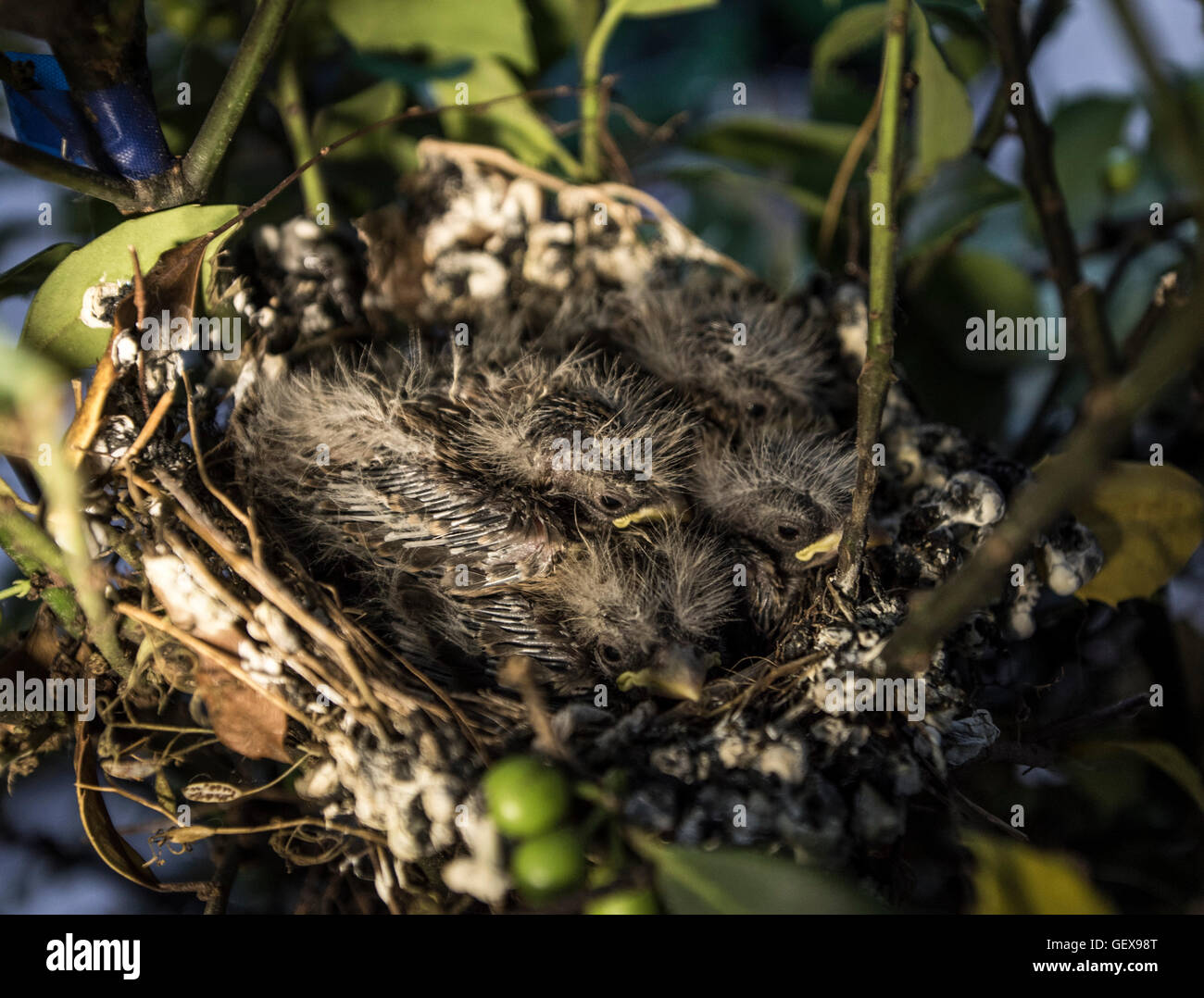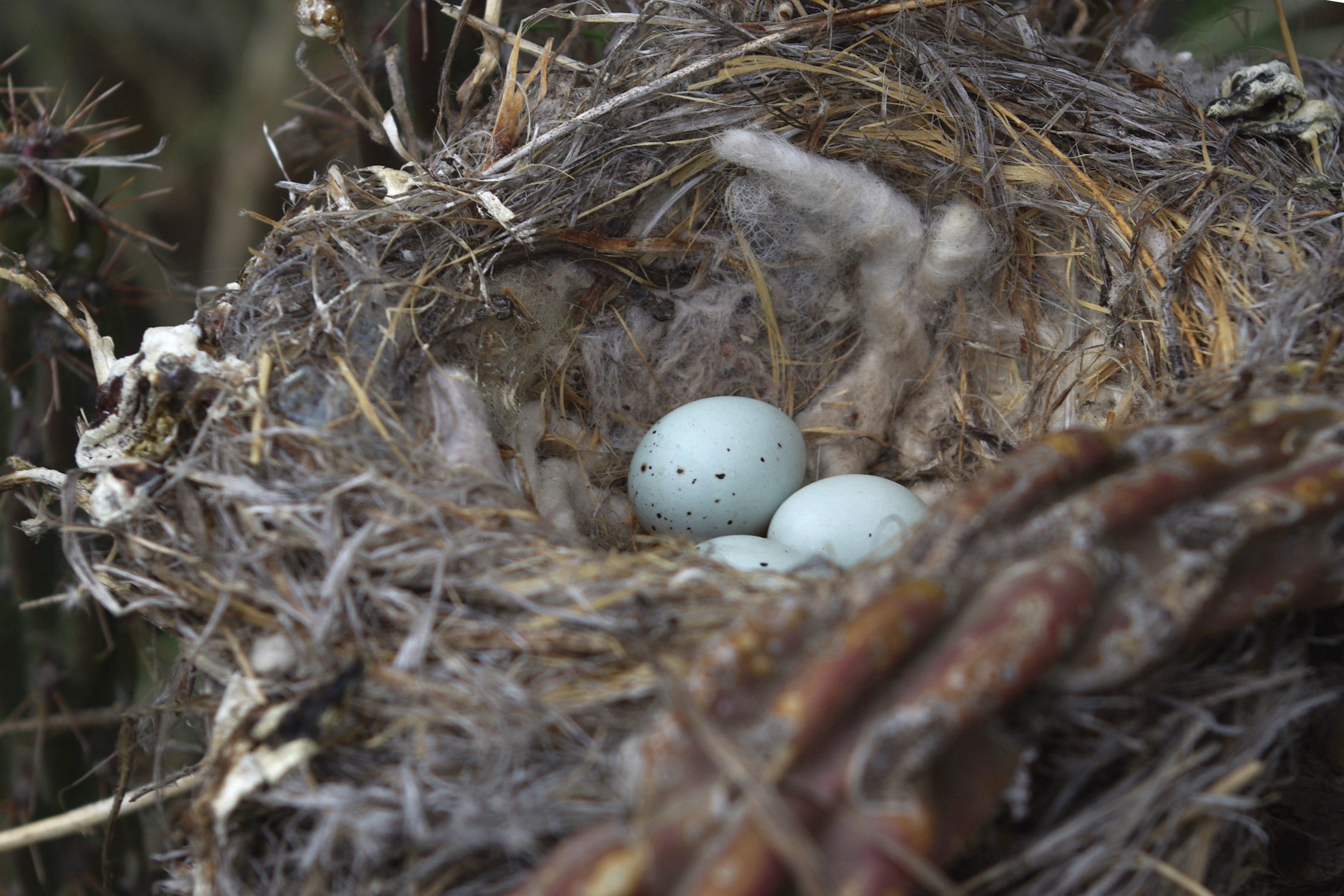Table Of Content

House Finches are wary of predators, so finding the perfect hiding spot high off the ground is vital for the survival of their nestlings. Sometimes, House Finches even use abandoned nests for their bird eggs. House finches are monogamous, meaning they find a mate and mate for life.
How Long Is the Incubation Period for Finch Eggs?
He is about 5 1/2 inches long from beak tip to end of tail, with red on the head, upper breast, and flanks. In some regions, the color red may be replaced with yellow or orange. It is delivered by the males during the breeding season to attract mates and establish territories. When they are strong enough to forage on their own, grown birds often travel together in large flocks. While the dad feeds the young fledglings, the female House Finch is busy building a new nest for her next brood.
Find This Bird

The vast majority of the House Finch's diet is vegetable matter--seeds, buds, berries, and nectar. They eat a few small insects, especially aphids, but are primarily seed- and fruit-eaters at all times of the year. These are also highly social birds that usually flock in groups that can be as large as several hundred birds, searching for food in groups. Among their favorites are budding flowers, berries, pears, peaches, and other fruits. Those in the wild will also eat wild mustard seeds, thistle, mulberry, cactus, and poison oak.
Distribution and habitat
House finches once were popular as singing pets, then found ways to soar when freed into the wild - Cambridge Day
House finches once were popular as singing pets, then found ways to soar when freed into the wild.
Posted: Sat, 18 Mar 2023 07:00:00 GMT [source]
Stagger these holes so that all are not in line along a single wood grain. Holes in line with grain can weaken and cause wood to split. Build the house finch birdhouse with cedar, pine, or almost any soft wood. Use wood rough-cut on both sides so that birds can grip both interior and exterior surfaces. – Ensure at least a 6 inch cavity depth and 4 inch floor. The nest is built in a shape of a cup and is usually made of grass, leaves, feathers, and small roots.
Feeding Bluebirds by Linda Janilla Peterson
Population expansion has continued since then, but more slowly (Sauer et al. 2003). Flocks of House Finches are common at bird feeders during the non-breeding season. Some flocks may stay together through the breeding season as well, and birds will use bird feeders year round. They often forage on the ground, but also perch on weeds, shrubs, or trees. Both males and females may sing during the breeding season, and males sing year round.
Where You’ll See House Finches
Range maps provided by Kaufman Field Guides, the official field guide of Birds & Blooms. Bird songs provided by the Cornell Lab of Ornithology. Patuxent Wildlife Research Center, Bird Banding Laboratory 2020.
How do house finches build their nests?
Thankfully, this practice is done by birds, not humans (yuck!). When the female House Finch selects a mate, the breeding season begins. You may prefer Side Opening Doors instead of hinged roof doors, especially for the larger nest boxes.
Backyard Tips
The female then joins the male in bringing food to the young. The young leave the nest after 12 to 15 days and may be fed by the male for about two more weeks, while the female starts a second clutch. The answer to the question ‘How many eggs does a house finch lay? ’ is complicated by the varying climates in which they live.
House Finches do not display a strong territorial instinct but pair-mates may nest close together. Females make a cup-like nest out of grass plant stems hair and cotton. STATUS House Finches are uncommon to locally common throughout most of Texas. With the adaptability of this species to suburban and farm situations, it should be present in Texas for many years.
Purple Finches aren’t purple, and House Finches don’t stick to houses. But that’s only the start of the confusion around these two doppelgangers. A red and brown bird at your feeder might be either one throughout much of the United States. House Finches are common and widespread across most of North America, including Hawaii.
There’s also a dominance hierarchy among the group where females are more dominant than males. That’s partly due to the cheerful red head and breast of males, and to the bird’s long, twittering song, which can now be heard in most of the neighborhoods of the continent. If you haven’t seen one recently, chances are you can find one at the next bird feeder you come across. Find out facts about the house finch nest, eggs, range, habitat and song. They require a 2-inch diameter entryway and a 6x6 inch floor.

No comments:
Post a Comment